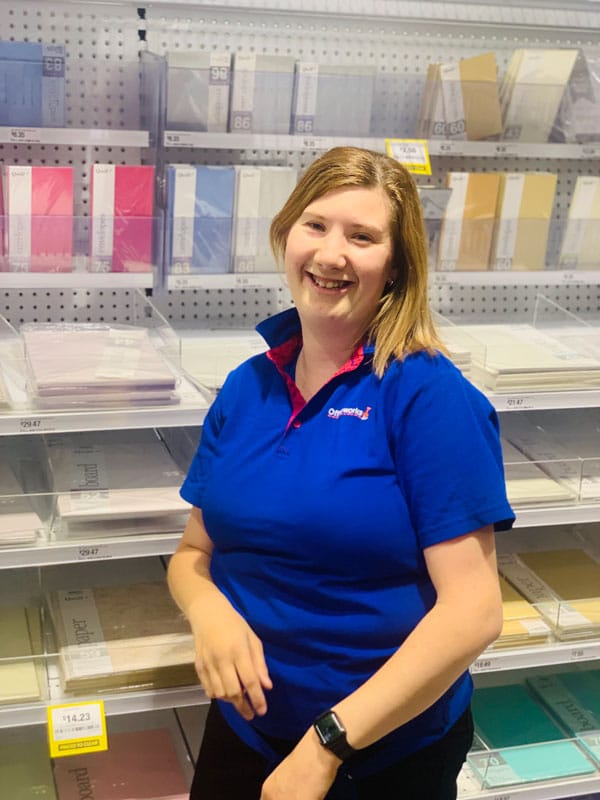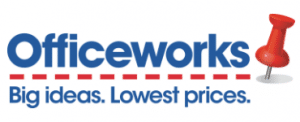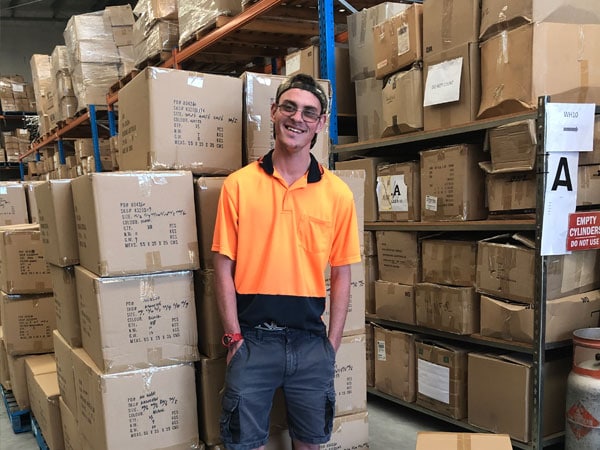Disability is common in Australia, but often invisible. Nearly 10 per cent of the workforce has some form of disability, with 32 per cent of employees with a disability working as professionals or managers.
As many as 1 in 5 Australians experience mental illness in any year and 45 per cent experience mental illness in their lifetime. The rate of disability increases with age. Nearly 40 per cent of the Australian workforce is aged 45 or over, which means that your most experienced and skilled employees may be impacted at some point. So it makes sense for employers to be accessible and inclusive to people with disability to ensure that they can hire the best person for the job and retain their skilled and experienced employees who may acquire a disability.
Who knows what great ideas could be lost because people see this [a wheelchair], this [a white cane], or this [a hearing aid], before this [skills and qualifications].
A business that reflects the diversity of the community it serves, gains the loyalty and trust of both its customers and employees, as well as enhancing its reputation. And by making the recruitment process accessible and inclusive of people with disability, organisations have access to a wider talent pool of people with the right skills, qualifications, and experience.
What’s more, when you build your business to be inclusive, you’re making it safer, minimising injuries, avoiding breaching discrimination law, and improving access for everyone. Disability confident businesses benefit from new talent, new ideas, new opportunities. Access and inclusion is good for business.
For more information, visit and.org.au.






























